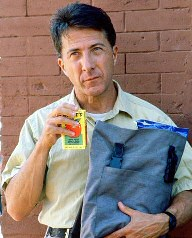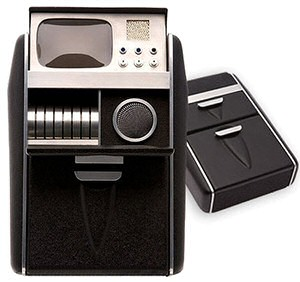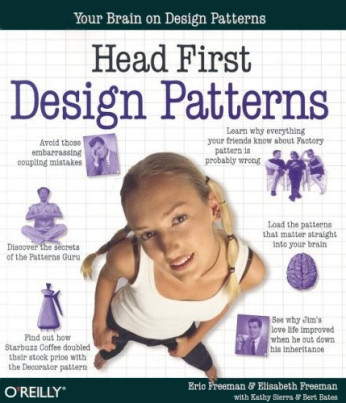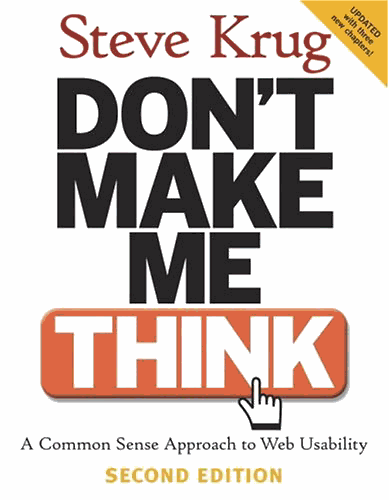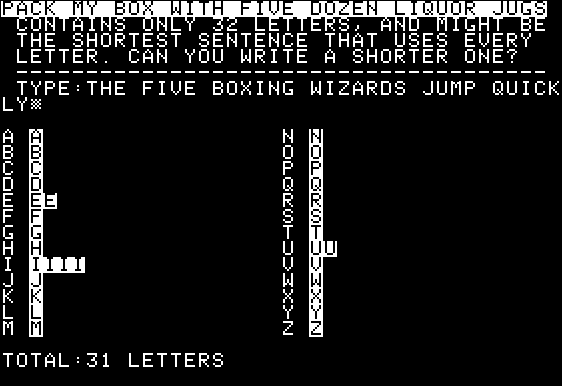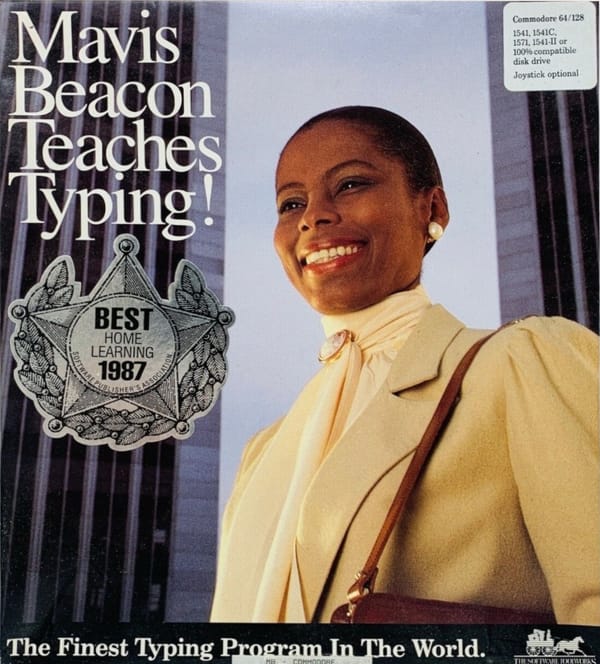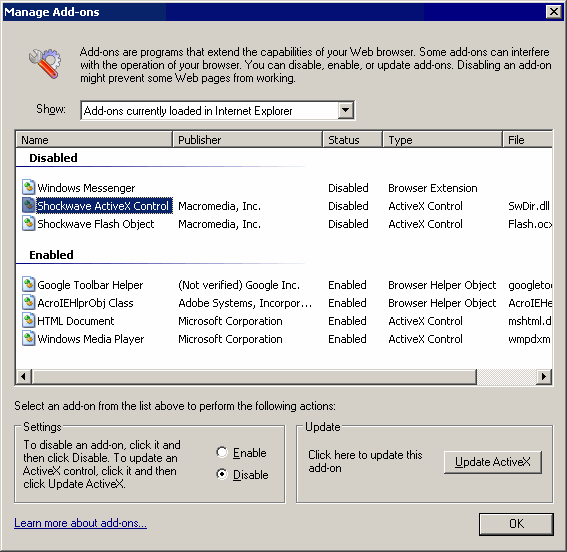
security
Speeding up web browsing
In order to speed up my web browsing experience, I disable Flash in Internet Explorer. I’ve got nothing personal against Flash, mind you, but it’s generally chrome. It’s visually (and sometimes audibly) distracting, and it adds download time to each page view. An image is worth a

